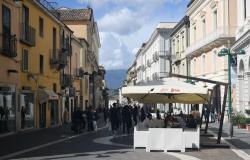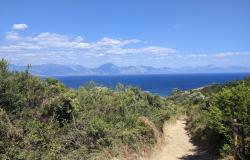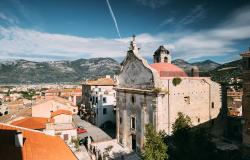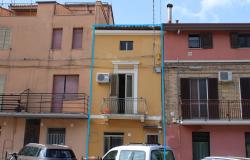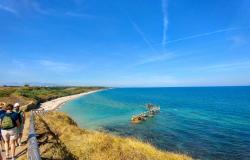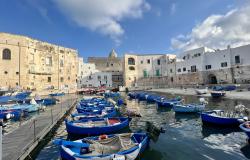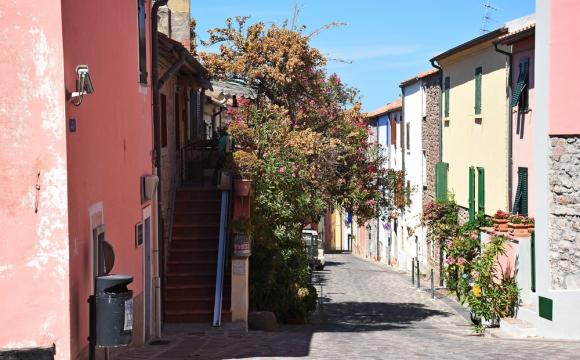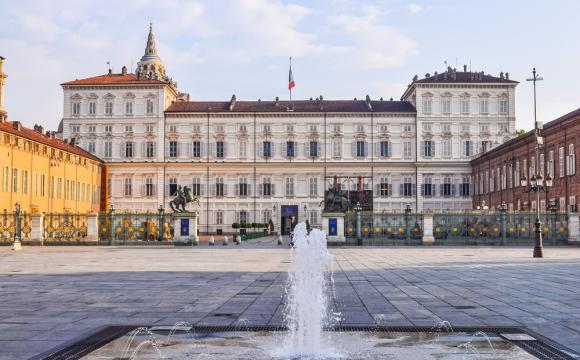
Italian scientists are worried about a recent landslide and other subsidence on Italy's largest mountain, the Gran Sasso .
"These phenomena pose a potential danger to all the surrounding area," said the president of the National Mountain Institute (IMONT), Edoardo Mensi .
Geologists are scanning the crumbling mountain with lasers and using GPS satellite tracking to see if other bits fall off .
They are also trying to see whether the flaking is due to ice receding from the mountain's glaciers .
A large landslide, measuring 25,000 cubic metres, took place near the top of the mountain in late August. "A lot will depend on the solidity of the permafrost, the frozen earth beneath the ice," the IMONT chief said, adding that a "certain degree" of seismic movement "probably connected to water melting", had also been detected .
The Gran Sasso, a 3,000m-high massif that extends for more than four square kilometres, is the fifth highest Italian mountain behind the three Alpine giants Mt Blanc, Mt Rosa (both nearly 5,000 metres) and the Matterhorn at 4,500m, plus Monte Palla Bianca (4,000m) in the northern Apennines .
But it is by far the highest outside the north and the largest in the whole country, stretching for several kilometres at the heart of the Abruzzo National Park .
The Gran Sasso is not the only mountain where vanishing ice is causing concern over subsidence and landslides .
In late July geologists warned that the Matterhorn is also flaking as ice retreats farther down the mountain .
Summer landslips forced authorities to close off Italian routes to the top of the mountain, which is on the Swiss-Italian border .
"Geologically speaking, the process is normal. What isn't normal is the acceleration of these phenomena," mountain-climate and global-warming expert Michele Comi said .
"The classic ice-and-snow-climbing routes aren't accessible in July any more. That is a huge anomaly," he added .
Mountain Wilderness Italia, a group dedicated to the preservation of Italy's mountainous areas, said: "All you have to do is take a climbing guide from 15 years ago. A spot that is described in the book as a snow-covered ridge is now gravel" .
The ice is falling off peaks across the Italian Alps and Dolomites, the organisation warned .
One massif on the Austrian border has been nicknamed 'disgrazia' (disaster) because of a mistaken local use of the Italian term for shedding ice ('disghiaccia') .
